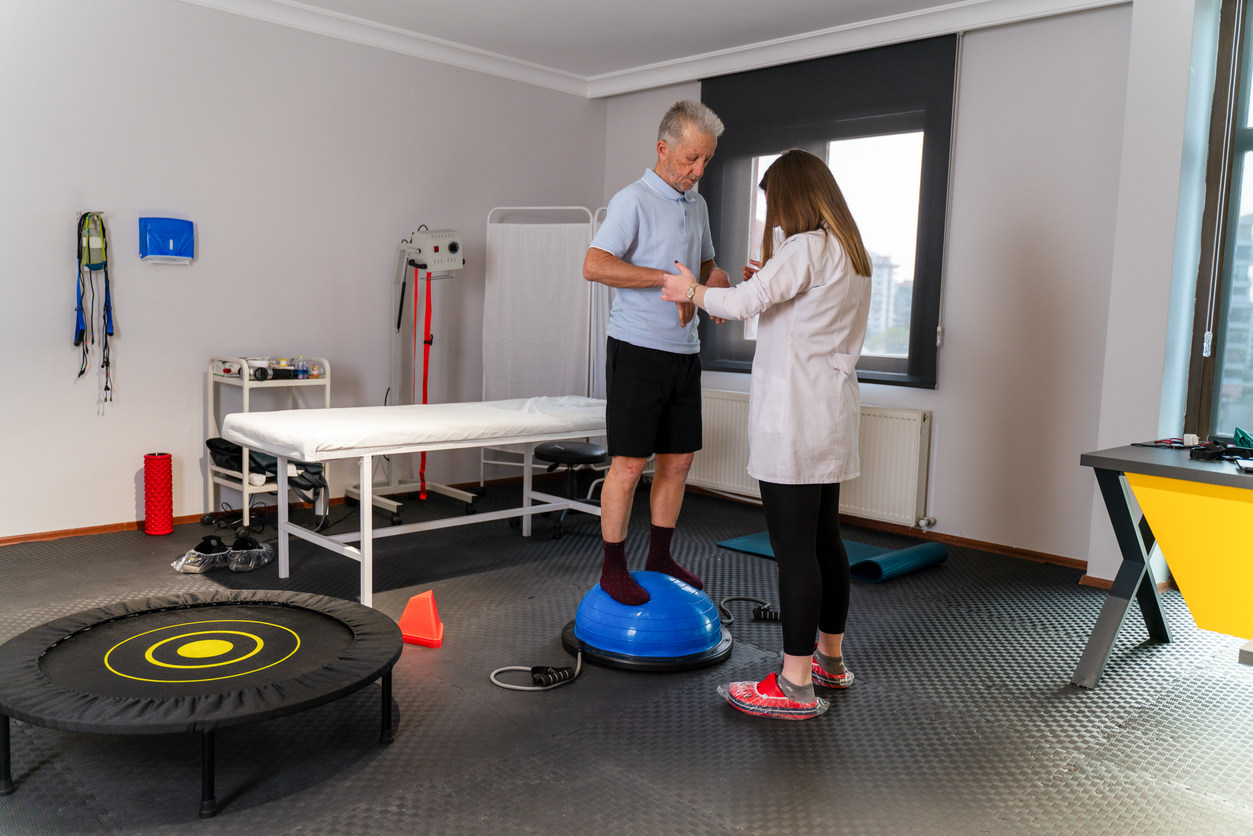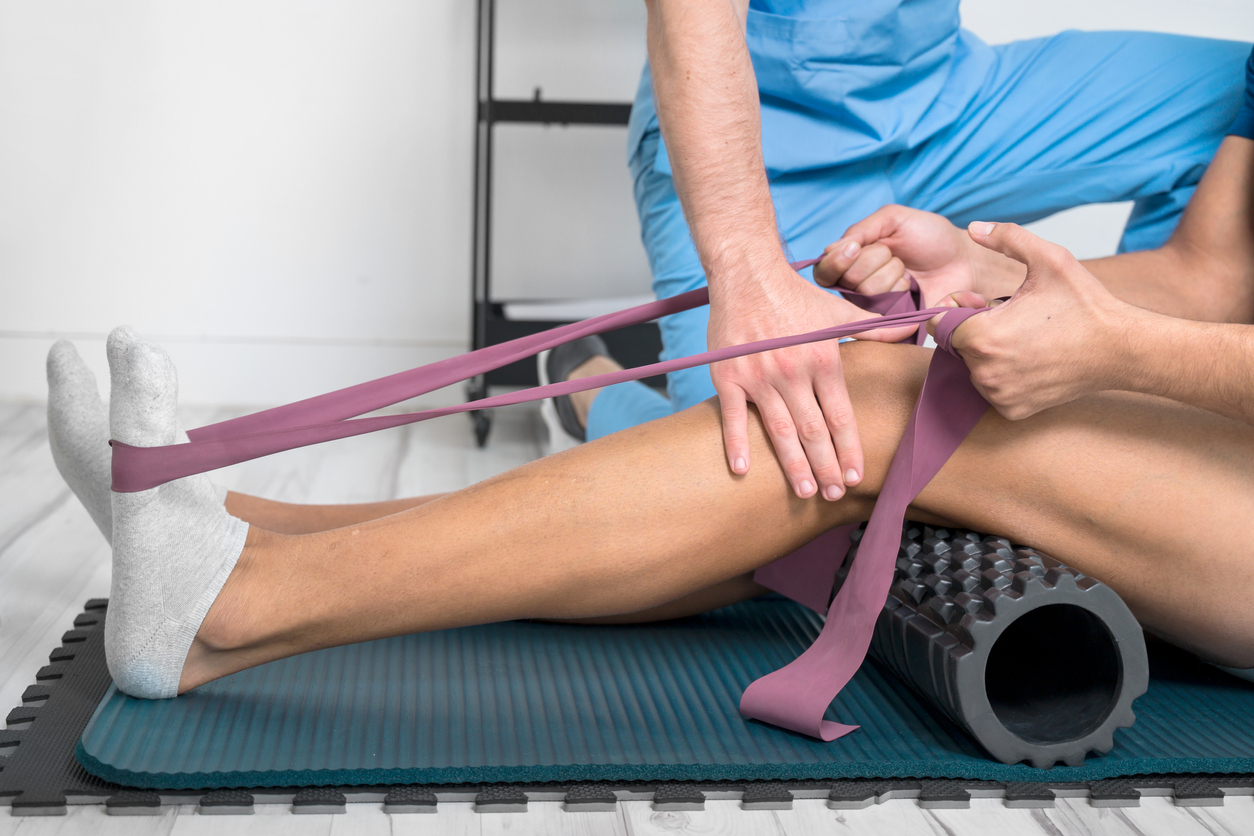Treatments
What Types of Pain Respond Best to Physical Therapy?

What is physical therapy?
The main goals of physical therapy (PT) are to provide pain management, improve mobility, maximize functionality, implement injury recovery, and prevent future damage. A physical therapist evaluates the person and condition to treat illnesses and injuries related to the musculoskeletal (bones and muscles), neurological (brain), cardiopulmonary (heart and lungs) and integumentary (skin) systems.
Physical therapy, also referred to as physiotherapy, is often used as a standard treatment for chronic pain or pain related to an injury. However, many health conditions respond well to physical therapy, including back pain, headaches, diabetes, chronic obstructive pulmonary disease (COPD), etc.
Types of pain
Pain is characterized as acute and chronic pain. There are various types of acute and chronic pain, which includes nociceptive pain (tissue damage), neuropathic pain (nerve damage), and psychogenic pain (pain that worsens due to psychological factors). Some pain responds better to physical therapy than others. Individuals should speak with a physical therapist or medical professional to determine whether physical therapy may reduce their specific type of pain.
Acute pain
Acute pain is generally caused by tissue damage, such as damage to a muscle or ligament. It is considered short-term pain that can last for a few seconds or occur for up to six months. Pain from surgical procedures is also considered to be acute. Physical therapy is typically beneficial in treating this type of pain. Various treatments and exercises can promote healing of the injured tissues and help prevent further damage. It can also improve movement and range of motion in the limb or area of the body where damage has occurred.
Chronic pain
Chronic pain also mostly responds well to physical therapy. It consists of any pain that continues for three to six months or after healing would have normally occurred. Pain signals can remain active in the body for months or years. While chronic pain has a variety of possible causes, physical therapy can address many of them. For example, if pain is caused by a certain movement pattern or muscle imbalance, exercises and stretches can correct those issues.
A few examples of chronic pain conditions that respond well to physical therapy include complex regional pain syndrome (CRPS) and fibromyalgia. Physical therapy can increase blood flow, reduce pain, and boost flexibility. Techniques, such as desensitization and mirror therapy, are very beneficial for CRPS.
Nociceptive pain
Pain can occur due to injury to the bone, soft tissue, or organs. This may be the result of a sports injury, cancer, broken bone, etc. It can be acute or chronic pain. Physical therapy is often beneficial in the treatment of nociceptive pain by increasing circulation to the affected area, mobilizing injured joints, reducing muscle spasms, and decreasing inflammation. The therapist can manipulate soft tissues, including muscles, tendons and ligaments, with varying degrees of pressure and movement to increase mobility and relieve pain.
Neuropathic pain
One type of pain that may not respond as well to physical therapy is neuropathic pain. Neuropathic pain is a chronic pain condition that occurs due to nerve damage or a malfunctioning nervous system. The nervous system includes peripheral nerves, the brain, and the spinal cord. Studies involving physical therapy and neuropathic pain have mixed results. The benefits depend largely on the cause of the neuropathic pain and the specific exercises or treatments that are utilized during therapy. Exercises and treatments that improve blood flow and reduce constriction around blood vessels may help with neuropathic pain.
Additional sources: Medical News Today and ChoosePT


















